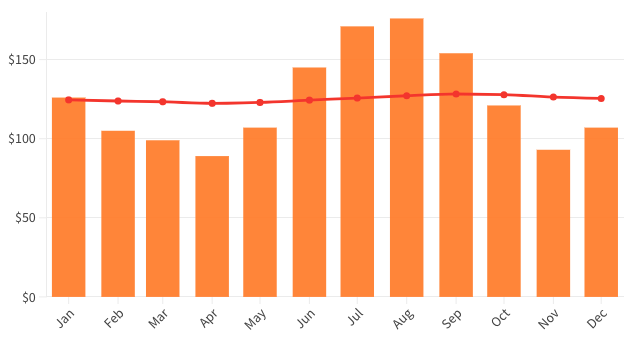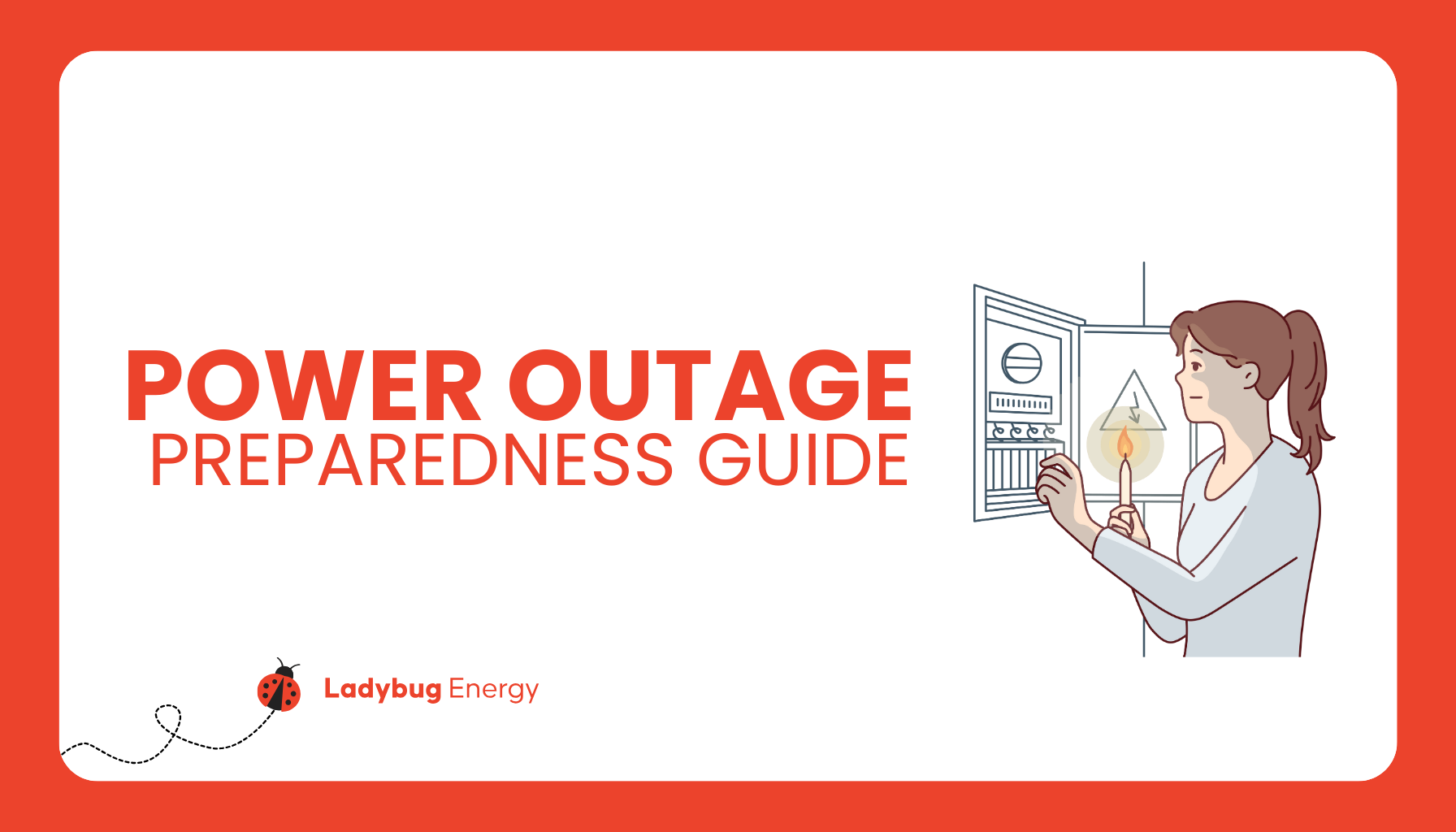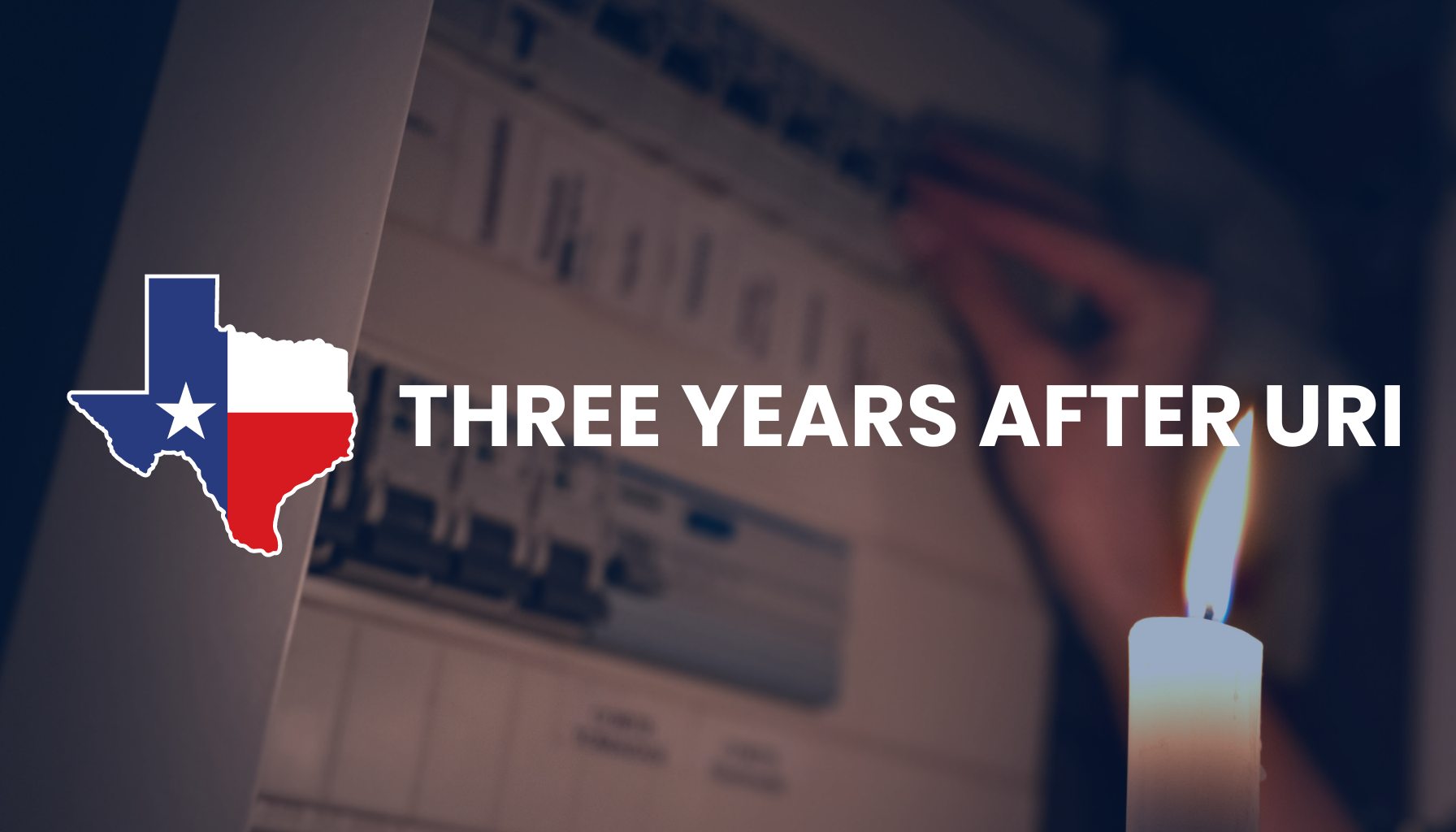
Is Average Billing Really Worth It?
With the ever-fluctuating cost of energy, it can be a challenge to budget your expenses effectively. This is where Average Billing comes in. But is Average Billing for electricity worth it?
Let's delve into the topic and shed some light on the matter!
What is Average Billing?
In simple terms, Average Billing allows you to pay an equal amount each month, instead of adapting to the highs and lows of seasonal bills. It's an attempt to streamline the process and prevent unexpected energy bill spikes during high-usage months.
Paying the same amount every month sounds good, doesn't it? Let's see how it works
How Is the Average Monthly Billing Amount Determined?
To calculate your monthly bill, your energy provider:
- Will add up your monthly bills for 12 months (or the number of bills available, if fewer than 12) for your service address
- Then will divide the result by 12 (or the total months available for your service address, if fewer than 12).
- Finally, will add or subtract 1/12 of your deferred balance
This calculation is performed every month, so your amount due will slightly fluctuate depending on your usage.
Deferred Balance Management
While average billing helps to level out your monthly costs, it's crucial to understand the concept of a deferred balance. This is the cumulative difference between your monthly Average Billing amount and what you would owe if you weren't signed up for Average Billing.
The deferred balance may be a credit or an amount you will owe in the future. If you pay more than your average billing amount due each month, the extra will go towards paying off any deferred balance.
Average Billing: An Example
In this interactive graph, the orange columns represent what you would have paid each month with regular billing. These values fluctuate based on your actual bill amount each month. You can see the highest bill was in August at $176, and the lowest was in April at $89.
The red line, on the other hand, represents what you would have paid each month if you were enrolled in Average Billing. This line is much more stable, with slight monthly variations due to the adjustments made for the deferred balance.
The significant advantage of average billing, as visualized in the graph, is the stability it offers. Regardless of how much your actual usage varies from month to month, your bills remain relatively steady. This can be particularly beneficial for budgeting purposes.
Explore the chart by clicking on the columns and rows for each month to find the exact amounts you would pay with both billing methods!
How Do You Sign Up for Average Billing?
Signing up for an Average Billing program is typically straightforward and can be easily done online or over the phone. However, the process might vary slightly from one energy provider to another. Here are the general steps you'll need to follow:
- Account Review: Make sure your account is in good standing. Most energy providers require your account to be current with no overdue balances before you can enroll in their average billing programs.
- Contact Your Provider: Reach out to your energy provider either by phone or through their website. Check our providers section to find this information.
- Ask About Average Billing: Let your provider know that you're interested in enrolling in their Average Billing program. They can provide you with all the necessary information and guide you through the enrollment process. Some providers, like Reliant Energy and Rhythm Energy let you join the program directly from your online account, no call needed.
- Provide Necessary Information: You may need to provide some additional information, like your account number, billing address, and contact details.
- Confirmation: Once you've successfully enrolled, your energy provider will confirm your enrollment. The changes may not take effect immediately and might start from your next billing cycle.
Remember, while signing up, it's important to ask your energy provider about their specific terms and conditions for their average billing program, such as how they handle deferred balances and what happens if you decide to cancel the service.
What Differences Will I See On My Bill?
After enrolling in an Average Billing program, you'll notice a few key differences on your energy bill:
- Average Billing Amount: Your bill will show your average billing amount for that month. This amount is calculated based on your previous usage and current pricing.
- Actual Usage: Your bill will display your actual energy usage for that billing period. This information allows you to track your consumption.
- Deferred Balance: Your bill will include your deferred balance, the cumulative difference between your average billing amount and actual usage. If the deferred balance is positive, a portion will be added to your monthly bill, and if it's negative, a portion will be subtracted.
- Current Price: Your energy bill will show your current energy rate.
Be aware that if you decide to cancel the program or change electricity providers, the deferred balance must be paid in full. Any credit balance will be applied to your next bill or refunded to you. If you are a new Average Billing customer, the deferred balance will start from the second month.
Is Average Monthly Billing Worth It?
Average billing can certainly bring peace of mind and help smooth out the effects of seasonal changes in energy consumption. The key question, though, is average billing worth it for you? Here are a few points to consider:
- Predictability: The primary advantage of average billing is its predictability. By smoothing out the peaks and valleys of energy consumption over the year, it makes budgeting much easier. You can anticipate the monthly cost, which allows you to manage your finances more effectively.
- No Cost to Enroll: Several energy providers offer the average billing option at no additional cost. This means that you can benefit from a more consistent monthly bill without incurring any extra expenses.
- No Surprises: You won't be caught off guard by high energy costs during months of heavy usage, such as the hottest summer months or the coldest winter months.
That said, Average Billing does not reduce your overall energy costs. Over a year, you'll pay the same amount for your energy as you would without average billing, just spread out in more predictable increments.
If you're a budget-conscious individual who appreciates knowing your expenses in advance, then you might find that Average Billing is indeed worth it.
Average Billing For Electricity: The Verdict
When pondering this kind of billing program, consider your budgeting preferences and your energy usage patterns. If you have a fairly consistent energy usage throughout the year, then the advantages of average billing may not be as noticeable.
But if your usage varies significantly across the seasons, as is the case in many places in Texas, average billing could help manage these fluctuations and provide budgeting peace of mind.
At Ladybug Energy, we are committed to helping you understand your energy options so that you can make the most informed decision. Enter your zip code in our search bar to find the available electric plans for your area. Don't hesitate to reach out if you have any more questions about Average Billing or other aspects of your energy service!

July 4, 2025
Energy Independence Starts at Home: 4 Ways to Declare Your Personal Freedom from High Bills This Fourth of July

June 20, 2025
How Smart Home Security Systems Affect Your Energy Usage

June 13, 2025
The Smart Texan’s Guide to Beating the Heat: Budget-Friendly Home Upgrades

June 3, 2025
Hurricane Season in Texas: How to Prepare for Power Outages

May 29, 2025
No AC? No Problem: How to Stay Cool During a Heatwave Without Air Conditioning

May 27, 2025
Battery Storage at Home: Are They Worth It?

May 23, 2025
Record May Heat in Texas 2025: What It Means for Your Summer Energy Bills

May 20, 2025
The Rising Popularity of EVs: What It Means for Your Electric Bill

May 16, 2025
Beat the Texas Heat: Summer AC Hacks That Save Money

April 17, 2025
The Truth About Phantom Loads: How Standby Power Is Draining Your Wallet

April 4, 2025
How to Perform a DIY Home Energy Audit and Cut Your Utility Bills

March 31, 2025
Smart Tips to Lower Your Electricity Bill

March 18, 2025
Green Energy 101: Decoding Renewable Electricity Plans

March 14, 2025
Upgrading to a Smart Thermostat: Why You Should Do it and What You Need to Know

February 24, 2025
Power Play: A Step-by-Step Guide to Estimating Your Home's Electricity Usage

February 3, 2025
How Weather Impacts Energy Prices: Understanding the Connection

January 22, 2025
The Datacenter Boom in Texas: Impact on Consumers and Energy Markets

January 21, 2025
How to Lower Your Electricity Bills and Save Big

January 17, 2025
Everything you need to know about Texas Retail Electric Providers (REPs)

December 23, 2024
10 Common Energy and Electricity Myths Debunked

December 18, 2024
How the Texas Electric Grid Works: Key Differences and Insights

December 13, 2024
Smart Plugs Explained: The Ultimate Guide

December 4, 2024
Winter Energy Savings: Tips to Lower Your Electricity Bill

November 27, 2024
Your Power To Choose: Setting Up Electricity Service and Switching Providers in Texas

September 24, 2024
Understanding Electricity Deposits: Why They Exist and How to Avoid Them

February 26, 2024
Power Outage Preparedness: A Complete Guide

February 9, 2024
Three Years After Uri: How Texans Can Help Prevent Future Power Outages

January 11, 2024
Best Energy Saving Devices for Your Home: From Smart Tech to LED Bulbs

December 7, 2023
Residential vs. Commercial Electricity Rates

November 28, 2023
How to Read an Electricity Facts Label (EFL)

September 18, 2023
How Does Prepaid Electricity Work: A Complete Guide

September 12, 2023
How Long Can a Landlord Leave You Without Electricity: What Tenants and Landlords Need to Know

August 21, 2023
Childproofing Electricity: A Parent's Guide to Safeguarding Kids from Electrical Dangers

July 19, 2023
Does Closing Off Rooms Save Heat? An Energy Efficiency Discussion
May 23, 2023
ESID Lookup in Texas
January 26, 2023